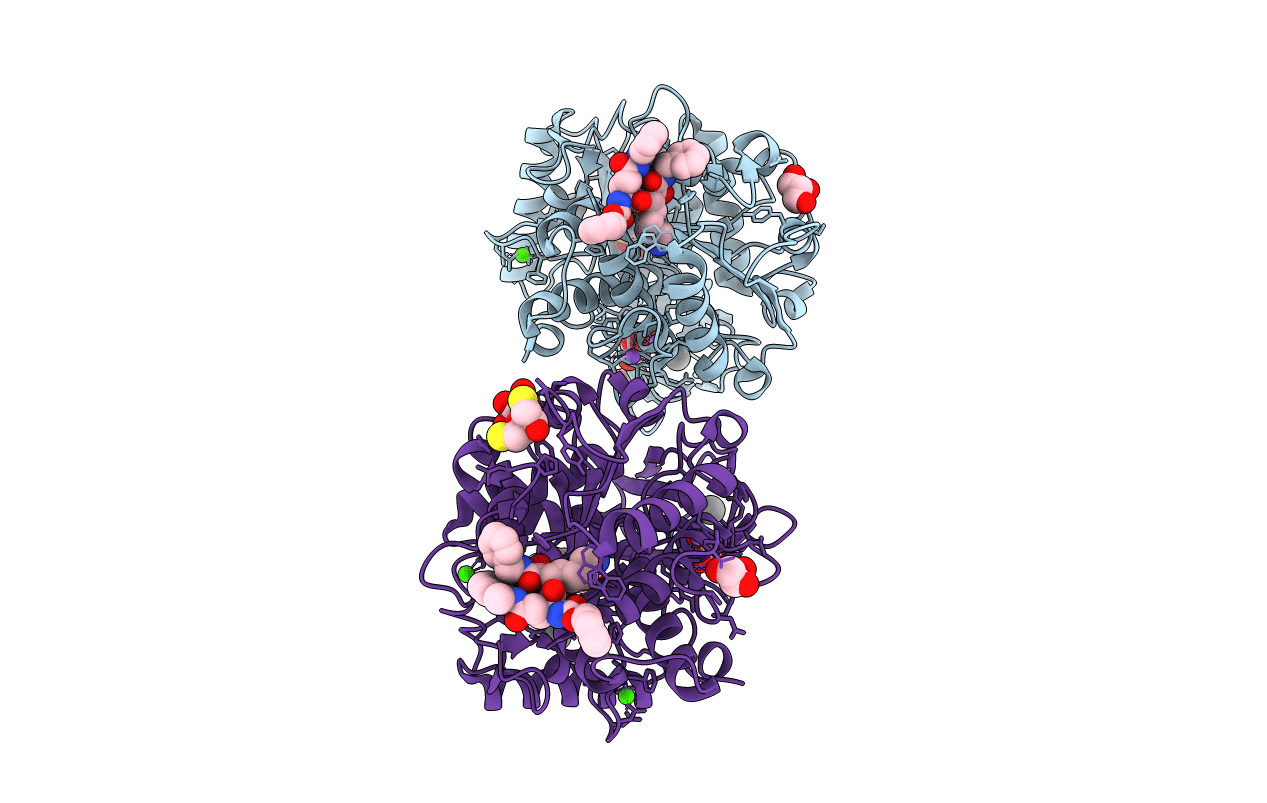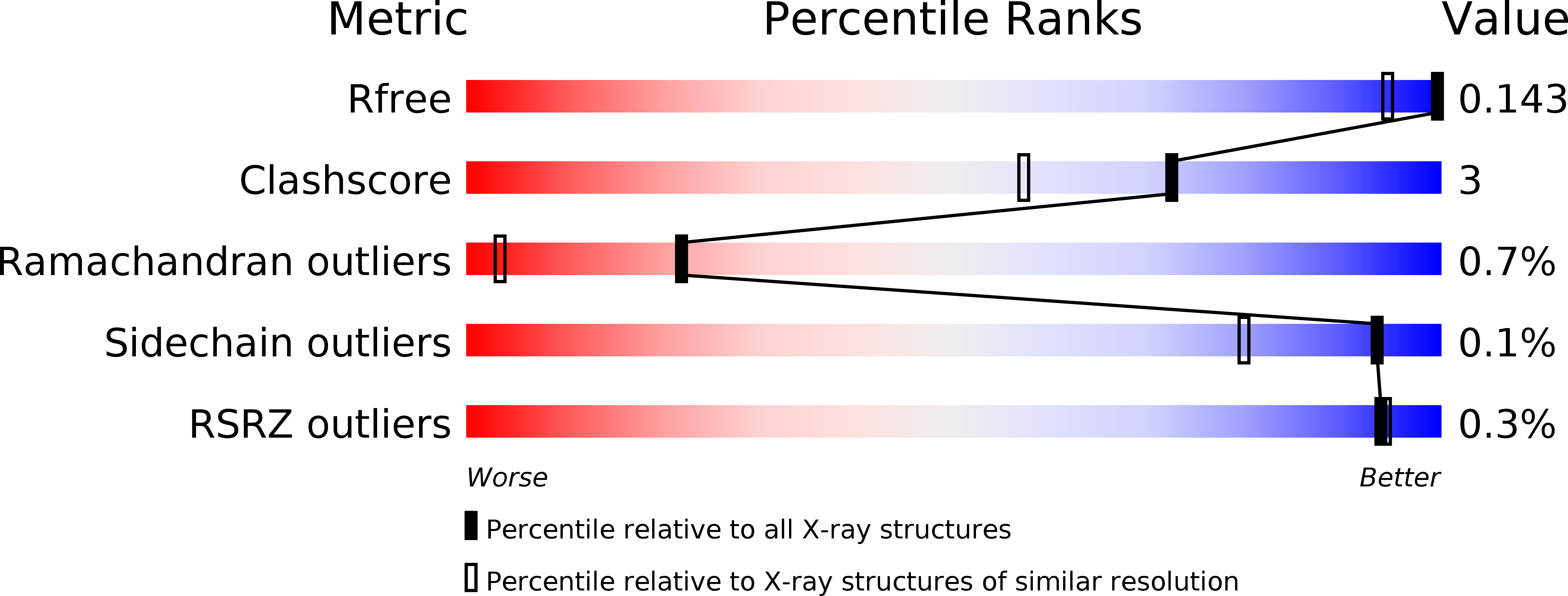
Deposition Date
2018-11-22
Release Date
2019-03-13
Last Version Date
2024-01-24
Entry Detail
PDB ID:
6I9A
Keywords:
Title:
Porphyromonas gingivalis gingipain K (Kgp) in complex with inhibitor KYT-36
Biological Source:
Source Organism:
Porphyromonas gingivalis (Taxon ID: 837)
Host Organism:
Method Details:
Experimental Method:
Resolution:
1.20 Å
R-Value Free:
0.14
R-Value Work:
0.14
R-Value Observed:
0.14
Space Group:
P 21 21 21


